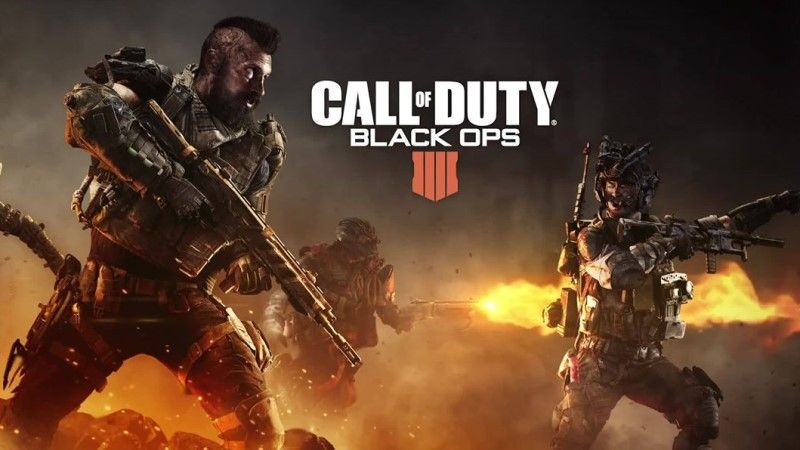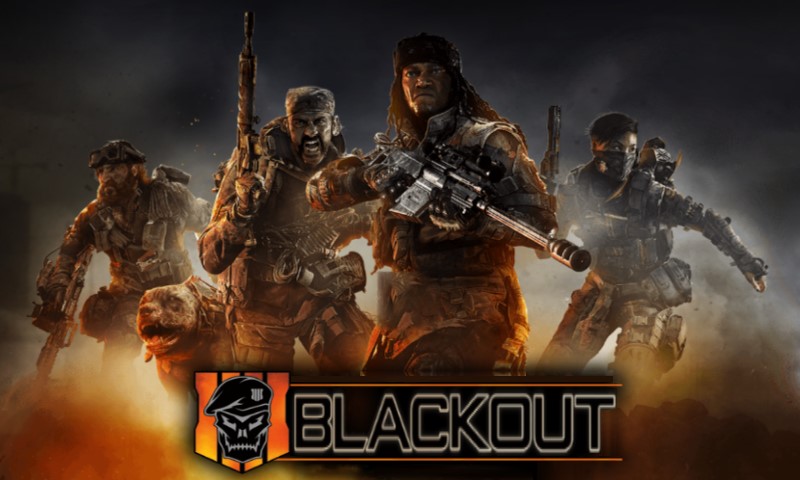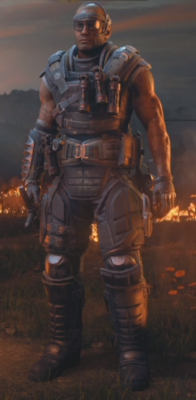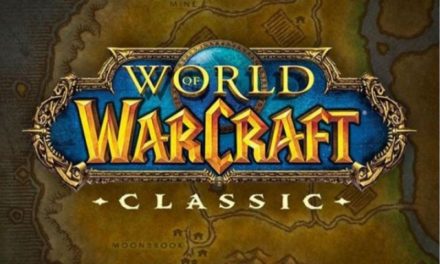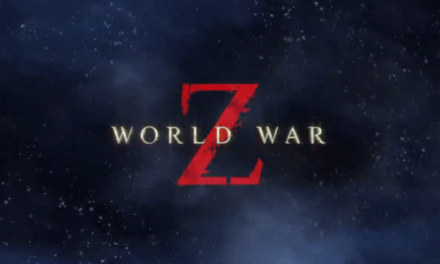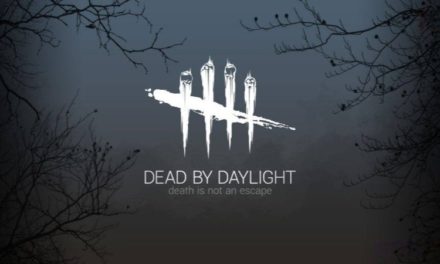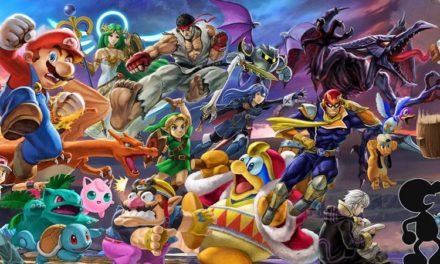Call of Duty (CoD) is a popular video game franchise produced by Activision that is compatible with many platforms such as Microsoft Windows, the various PlayStations and Xboxes, as well as Nintendo DS. Until now, CoD has traditionally been structured as a first-person single-player shooter game, although multiplayer options were introduced in later installments.
The initial titles, including Call of Duty 2 and 3, were based during WWII, but, as with have since been adapted into different settings in later installments. Call of Duty has been cited as a childhood favorite by a number of big-name streamers, such as TSM Myth, while others, like Rallied, are still playing Black Ops III on Nintendo Switch. Since its release in 2003, it has expanded to include many spin-of games, including the Black Ops story arch that released its fifth chapter, Black Ops 4, on October 12, 2018.
Following Blackout’s release there has been a great deal of contention as to whether it really has something new to offer the battle royale (BR) genre and whether it will truly compete against the existing BR’s, Fortnite and PUBG once the initial hype dies down. So far, the response has been pretty favorable, albeit with a few critics and diehard PUBG and Fornite fans throwing in their two cents. However, the numbers are currently in Blackout’s favor, with Black Op’s boasting 40,000 more viewers than Fortnite on Twitch, with Blackout currently standing at 110,150 viewers as of October 16, 2018. But, these are still early days and we have yet to see whether Blackout will be able to maintain its lead in the weeks to come.
With that said, let’s explore what new features this game offers its players beyond the existing titles that are currently on the market.
The Black Ops Arc
The Black Ops franchise became popular due to the new mechanics that it offered players, although there are those who were less than thrilled at Call of Duty’s veering away from the tried and tested gameplay that they loved. Part of this change was a move away from WWII to the Cold War and Vietnam War.
In the original Black Ops game, not much was added beyond this original change in venue. In Black Ops II, things started to get exciting. It was based in 2025. Aside from the futuristic weapons that this added to the gameplay, Activision also added story-modes that were influenced by player choices, thereby allowing for multiple endings and increased replayability. Although based in 2065, all of Duty III introduced a multiplayer mode, as well as a Zombies Mode that allows players to gain new skins for their weapons, in addition to other bonuses.
Black Ops 4’s Blackout
While all of this is great for traditional gaming, Activision seems to be striving to appeal to the Battle Royale demographic in addition to some of its existing fanbase Call of Duty 4. I say ‘some of,’ because they have opted to swap out their traditional single-player campaign mode in favor of its Battle Royale mode, Blackout. This means that players will only be able to play the game in a multi-player mode for the most part.
Activision’s CO: Black Op 4’s Blackout mode contains many of the equipment, features and locations that their fans loved in the previous installments, and many players have praised the diversity of CoD Blackout’s maps, especially the presence of zombies in the graveyard and asylum zones, which is as yet unheard of in a Battle Royale format.
Another feature of Blackout, is that players will be able to choose between Solo, Duos and Quad team-options, implying that there will be at least some opportunity for those preferring single-player options to participate in this new mode. This aspect mirrors the play modes found in both PUBG and Fortnite, which is to be expected given that players would be disappointed otherwise.
In terms of appearance, the landscape and design of Black Op 4’s Blackout maintains CoD’s military-style theme and photorealism, thereby keeping with the art style found in the rest of the series. However, this is also similar to both PUBG and H1Z1s’ art styles, as opposed to the bright, cartoonish colors of Fortnite. It does differ from those maps in that the building interiors are far more detailed and intricate than in the other games.
Players cannot build but will have to use various vehicles and tools to achieve speed and height. This includes a helicopter, which adds a long-distance airborne vehicle option that has not yet been seen in a battle royale-style game. Otherwise, it appears that avatars will be doing a great deal of running, squatting and making use of the diverse landscape for cover.
Many seasoned battle royale players have commented that the lack of building makes the game slightly less complex than Fornite, while also promoting faster confrontation times, as a result of their being fewer sub-tasks such as mining for players to perform. This idea ties well with the relatively small map size. Therefore, both of these elements likely indicate that Blackout games will be faster than Fortnite and PUBG matches tend to be and could therefore appeal to a crown who prefer quick gameplays and match resolutions.
Another positive aspect of the game is that weapons upgrades occur automatically as add-ons are found, provided that the player has an upgradable weapon in in the arsenal. This makes the gameplay more streamlined, with fewer risks of KOs while a player is attempting to rummage through their equipment to find better weapons options and combinations.

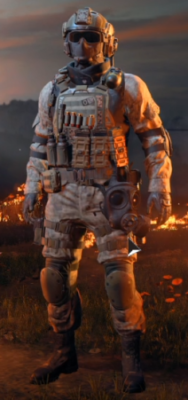
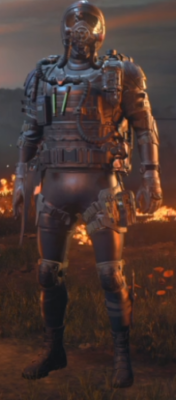
Game Features:
Skins are unlocked through the completion of in-game quests in the CoD Blackout mode. This is pretty interesting, as one of the concerns brought up by Ninja in one of his Twitch games, was whether CoD Blackout would be providing regular updates, such as skins, to keep the game interesting. Most quest lines seem to involve finding an object and then fulfilling a number of tasks with them, which makes it quite challenging, and adds an extra layer of complexity to the game. It also makes a nice change from the standard purchasable skins.
Some differentiators from other Battle Royale games:
- Up to 80 players,
- First person shooter-style, but others can see a player’s Avatar’s skins,
- Zombie graveyard,
- 22 unlockable characters at launch,
- Friendly fire, and
- In-game quests.
Some cons mentioned during the Beta plays:
- Occasional crashes or freezes, and
- Slow-paced (from a non-Battle Royale gamer).
As a side-note, streamer Lex Veldhuis further pointed out that much of the viewership and hype that Blackout is experiencing could be due to the top streamers such as Ninja, who were sponsored to play the game, and would thereby instantly draw viewership to the game. He also pointed out that other streamers such as Dr Disrespect, would likely be drawn to attempt the game in an effort to reestablish their viewer base which they lost to Fortnite stars who are more skilled in building than they are. View his full commentary here.
So, Will Black Op 4s’ Blackout Beat Fortnite in the Long Run?
In the short term, yes. In the long run, it’s unlikely. Fortnite offers a quirkiness that has earned it its fanbase for a reason, and there are enough photorealistic shooter and battle royale games with existing fanbases for Blackout to really fill any hole in the shooter demographic. However, it is likely to retain a modest following due to the budget behind it and the existing CoD fanbase. Moreover, at this stage the greatest hinderance to its growth is likely the $60 purchase fee, as well as its restrictive army-theme.
With that said, Black Op 4’s Blackout is only one aspect of Call of Duty 4. Anyone wishing to stick with the general team-focused objective gameplay styles will be able to do so with Ten specialist characters, two tier upgradable weapons, ten customization slots for some weapons and five reimplemented maps from previous CoD games. Additionally, there will also be a ‘Zombies’ mode with customizable difficulty and specs, with three map options.
Click here to watch Ninja play his first ever game of Blackout’s Beta version.


